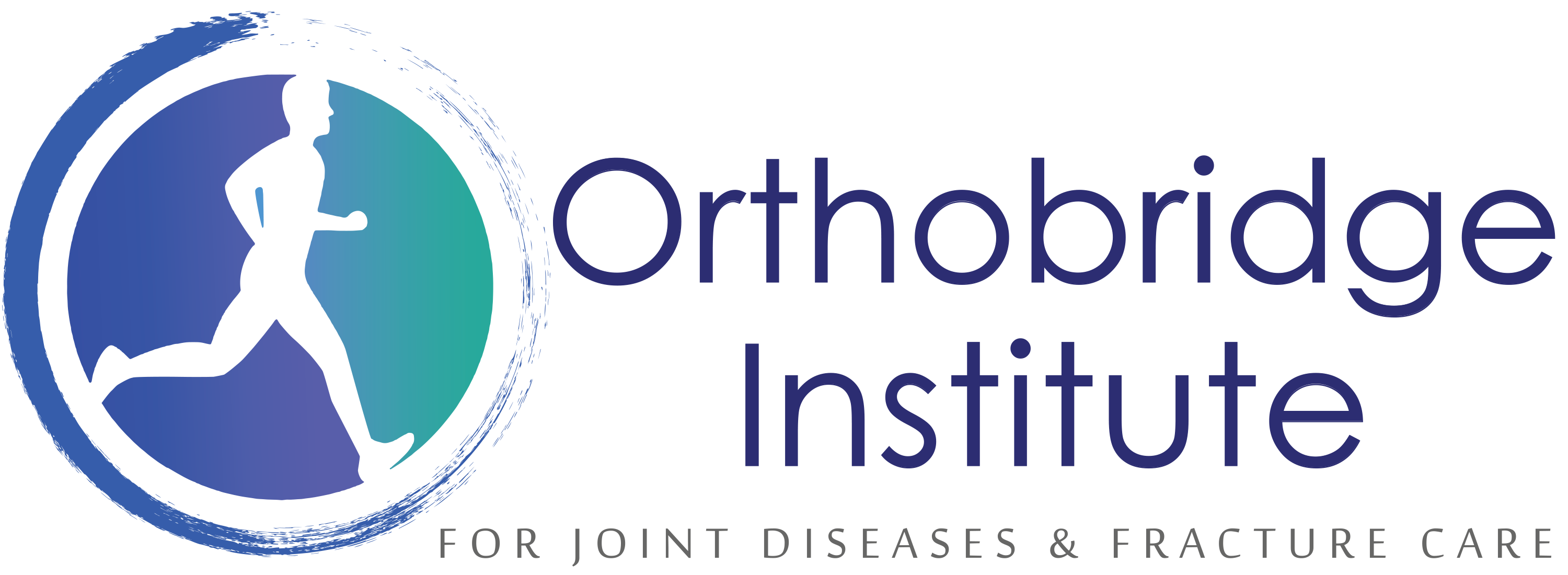Regular exercise is part of a healthy lifestyle. But you might be wondering how much you should work out in a given week to get the most benefits.
General guidelines recommend 150 minutes of moderate-intensity aerobic exercise each week, along with two strength-training sessions. But how much exercise you need each week and how intense it should be will vary based on your age and your goals. We talked with orthopaedic surgeon about how many times a week you should be working out, and some practical advice to help you get the exercise your body needs.
Why is it important to exercise frequently?
Exercising throughout the week is important because it helps you build up strength, as well as strengthen specific areas of your body, including your bones and heart. “Better cardiovascular health helps lower your blood pressure and decreases inflammation.”
Working out brings on brain-boosting benefits and boosts, too. “We can sometimes forget that the brain is a muscle, and that when we’re exercising, it’s good for our brain,”
Workout guidelines
The ideal workout regimen balances cardiovascular (heart) exercise and strength training.
Cardio exercise can help with weight loss, protect against Alzheimer’s disease, lift your mood and more.
Strength-training exercises build muscle, boost your metabolism and increase your endurance, among other benefits.
Making sure your weekly workout plan includes the right balance of both kinds of exercise can lead to significant health benefits
For heart health and weight loss
For your heart health, ACSM guidelines recommend 150 minutes of moderate-intensity aerobic physical activity each week. In a given week, that works out to 30 minutes of moderate exercise five days per week.
Or if you’re looking to do more with less time, ramp up the dial. The ACSM says 20 minutes of high-intensity exercise three days a week will bring on the same heart-healthy benefits.
Calculate your max heart rate
How do you gauge the intensity of your workout? Start by subtracting your age from 220. The result is your maximum heart rate.
The American Heart Association defines moderate-intensity physical activity as activity that increases your heart rate to 50% to 70% of its maximum rate. Vigorous physical activity will get your heart pumping at 70% to 85% of the maximum rate.
So, for example, a 30-year-old would have a max heart rate of 190 beats per minute (220 minus 30).
Moderate exercise for that person would mean a heart rate between 95 (190 times 0.5) and 133 (190 times 0.7) beats per minute.
Vigorous exercise for that person would mean a heart rate between 133 (190 times 0.7) and 161.5 (190 times 0.85) beats per minute.
Your max heart rate will lower as you age. A 20-year-old will have a higher target (100 to 170 beats per minute) than a 50-year-old (85 to 145 beats per minute). That means less-intense exercise can still make a big impact the older you get.

What counts as exercise?
Here’s the good news: Getting your recommended minutes of exercise per week doesn’t necessarily mean you need to dedicate all that time to the gym. There are plenty of ways to get your exercise in during your everyday life.
Working out is about moving your body, and many activities will get your heart rate up and help you build strength.
Strength training is also easily incorporated into your daily life.
“Resistance bands, cans of corn or soup — anything that you can grip that increases your resistance is helpful,”
That can be anything from pushing a chair while you’re doing something to lifting your child. If you’re a parent, you can incorporate your child into your activities. Doing sit-ups with your child as a weight — or any exercise where your child serves as resistance — can increase strength and be good for bonding with your child.
As with movement, you can also build strength training into everyday activities you’re already doing. If you’re washing the dishes, you can stand on one leg for 30 seconds and then switch off and stand on the other one.
Making small changes to your daily activities can even count. Perhaps you’re parking a little bit farther away to go to the grocery store or taking the stairs instead of using the elevator.
Get the most out of your workout
Sometimes, if you’re having a really busy week, you might only be able to do 10 minutes of exercise a day rather than your normal workouts of 30 minutes a day multiple times a week.













